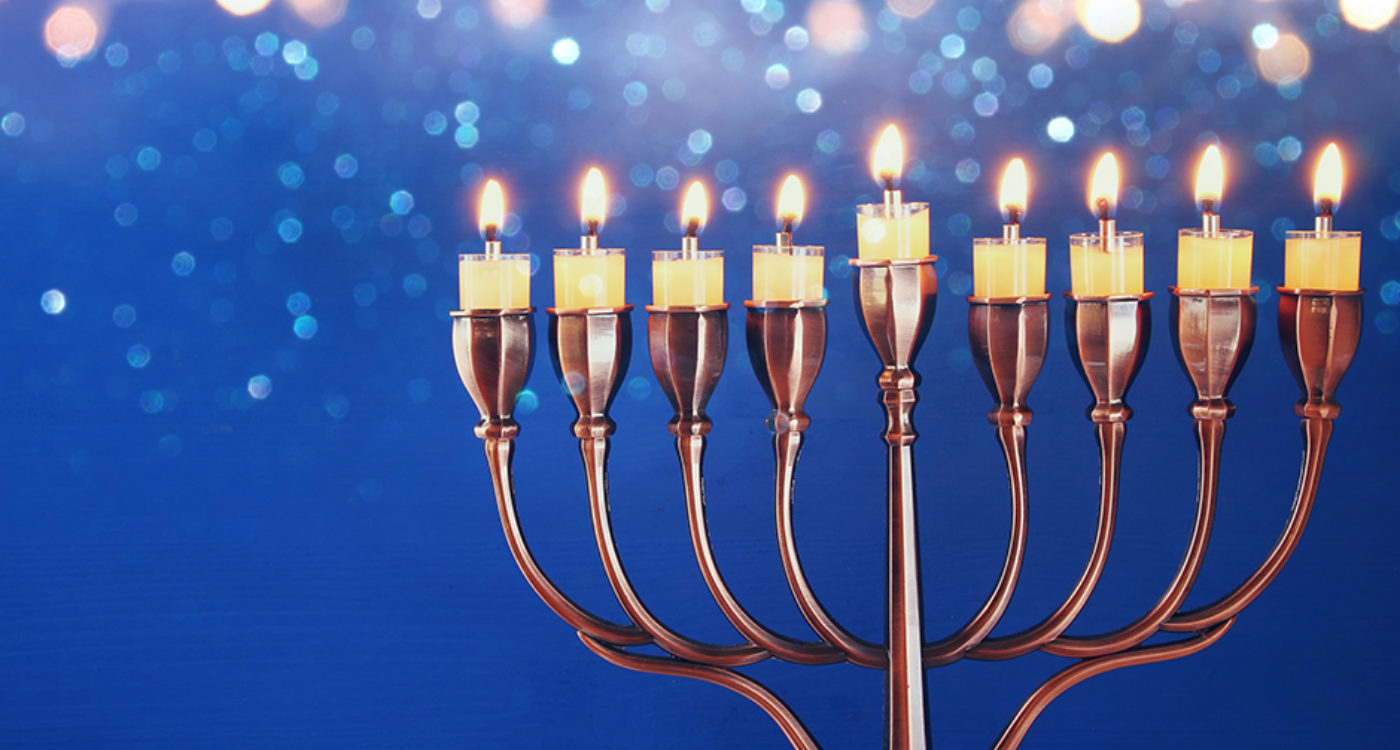When I was growing up, we had a tall, narrow, vaguely stable Chanukiah. Often, we would light it on the dinner table, recite the blessings, and then move the menorah not to the windowsill but to the kitchen sink. We had an electric menorah by the windows, lighting up the evening and “advertising the miracle of Chanukah” to our neighbors. But the menorah with the actual flame was moved to a fire safe location almost as soon as it was lit. Not quite what the rabbis of old had in mind. And let me tell you, when it came to how we light candles of any kind, the rabbis had a lot to say.
In the Talmud, between a discussion of wicks and threads in priestly garments and who is liable when a shop catches on fire the rabbis introduce Chanukah with what has become a famous question. They ask: “מאי חנוכה, what is Chanukah?” In this discussion they start the legend of the oil that miraculously lasted 8 days instead of one, the compare and contrast the use and ritual of the Chanukah candles and shabbat candles, and they spend a lot of text discussing what should a person do with their menorah after the candles are lit. Some of the questions they ask and attempt to answer are:
How many candles should we start with? In which direction should we light? Where should one place a menorah? Inside? Outside? How high? Which side of the door? Can we light another menorah? Can we use the first menorah to assist with lighting another one? How long should the candles burn? Should a menorah be placed in a public place if we live somewhere without public access? Like in a second-floor apartment? What about if we’re living in a time of heightened antisemitism, what should we do then?
So many questions. So much debate. And very few conclusive answers.
The rabbis go on and on, citing differing opinions, discussing different practices, wondering about different situations. And only in a couple of cases do they ultimately say, “this is the way it should be done”. But in the end, they keep coming back to one phrase, “פרסום הנס, advertise the miracle.”
The way I see it, the rabbis who debate and deliberate on the “right” way to do things don’t want to forget that intention matters. We might only be able to truly see the action, but it’s the intention behind the action that matters most. And, if we all are able to share the intention, to share the ultimate goal of advertising the miracle of Chanukah and lifting up the miracles that often go unnoticed in our world, then the various מנהגים (practices) become fun debate rather than divisive frustrations.
It is not an accident that Chanukah takes place during the darkest days of the year. And it’s not an accident that Chanukah is referred to as “the festival of lights”. At its core, Chanukah is about seeing miracles even if the world tells us they don’t exist. To see light in the darkness. To seek strength amidst turmoil. To hold legend and history as complimentary rather than contradictory. To accept multiple truths at a time. To know that we can survive and thrive even in the hardest times. On Chanukah, we lift up those miracles and remind the world around us (and ourselves) that Jews are a people who are eternally living in the miracle.
So, in the end it doesn’t really matter if you place the menorah in the window or the kitchen sink, or if you eat your latkes with sour cream or apple sauce, or if your Chanukah is spent on the go or at home. What really matters, is whatever, wherever, with whomever you are that you lift up the miracle for you and everyone around you.
Shabbat Shalom and Chag Chanukah Sameach.

